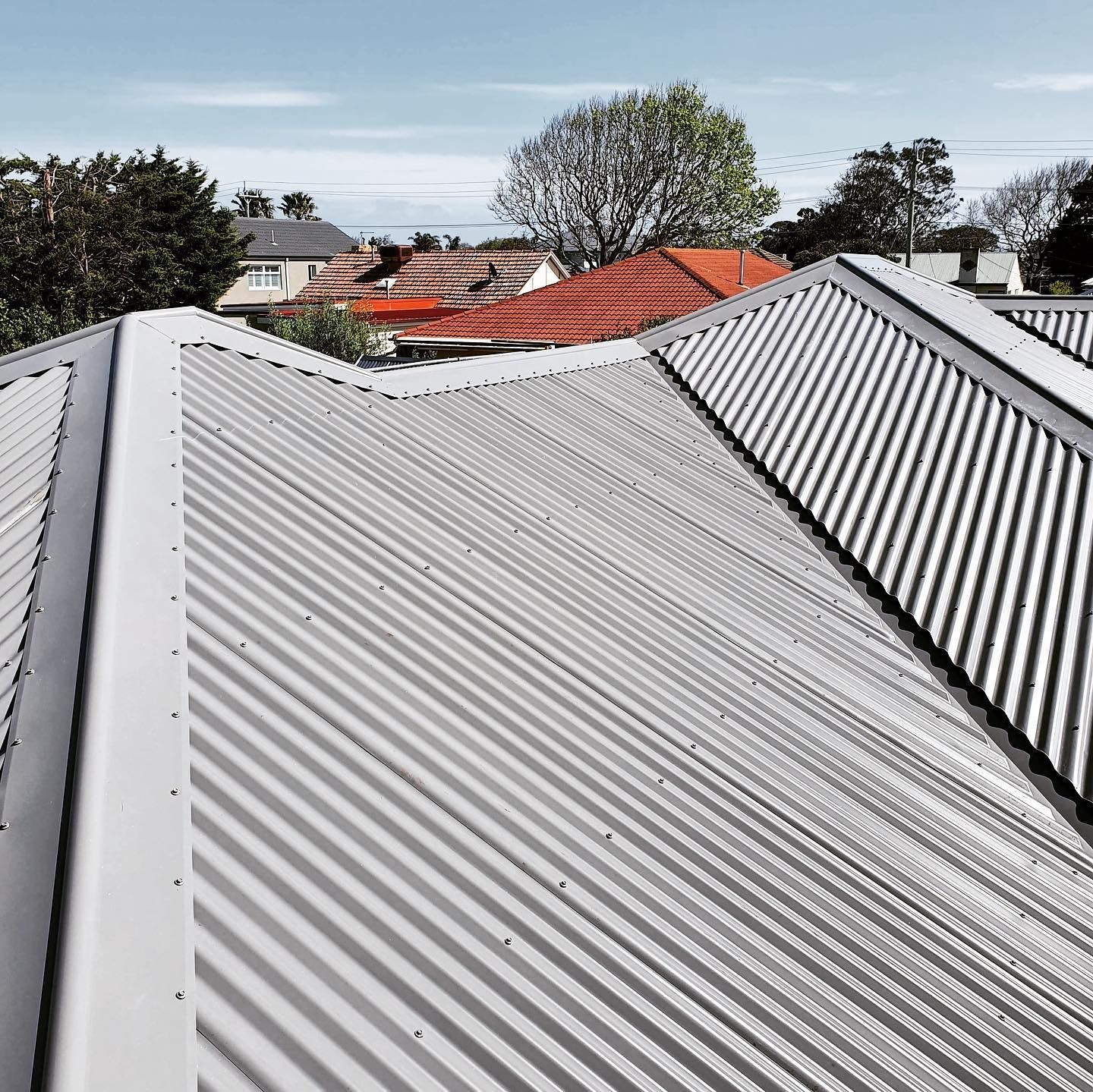Call Us : 0447 245 826
What Is Corrugated Metal Roofing?
Understanding Corrugated Metal Roofing
The distinctive wave-like pattern of corrugated metal roofing isn't just for aesthetics—it's an engineering marvel that transforms flat metal sheets into firm roofing material. When metal is formed into these alternating ridges and valleys, it gains remarkable structural strength while maintaining a relatively lightweight, making it ideal for a wide range of building applications.
The manufacturing process involves sophisticated roll-forming techniques, where flat metal sheets are gradually shaped into a familiar corrugated pattern. While seemingly simple, this process requires precise engineering to ensure uniform corrugations that will allow proper water drainage and seamless panel overlapping during installation. Modern manufacturing methods have refined this process, introducing automated quality control and precise measurements that ensure consistency across every panel.
Material Composition and Structure
The composition of corrugated metal roofing is a carefully engineered system of layers, each serving a specific purpose. The core components include:
- Base Metal: Typically steel, aluminium, or copper
- Protective Coating: Galvanized or Galvalume finish
- Paint Layer: Weather-resistant finish (optional)
- Sealants: Applied at joints and fasteners
Steel remains the most common base metal choice due to its optimal balance of strength and cost, though aluminium and copper offer unique advantages for specific applications. Steel panels undergo galvanisation, coated with zinc or a zinc-aluminium alloy, providing essential protection against corrosion and significantly extending the roof's lifespan.
Key Benefits and Features
Durability and Longevity
The exceptional durability of corrugated metal roofing sets it apart from traditional roofing materials. Unlike conventional asphalt shingles that might need replacement every 15-20 years, a properly installed metal roof can protect your building for half a century or more. This remarkable longevity stems from the material's inherent strength combined with modern manufacturing techniques and protective coatings.
Weather resistance plays a crucial role in this durability. In areas prone to severe weather, corrugated metal roofing consistently outperforms other materials:
- Withstands wind speeds up to 140 mph
- Excellent resistance to hail damage
- Superior snow-shedding capabilities
- Enhanced protection against UV radiation
Fire resistance adds another layer of protection to properties with metal roofing. Unlike wood shakes or asphalt shingles, metal roofing carries a Class A fire rating - the highest possible. This rating means the material won't ignite when exposed to fire, providing crucial protection in areas prone to wildfires.
Cost-Effectiveness and Long-Term Value
While the initial investment in corrugated metal roofing may be higher than traditional materials, the long-term financial benefits are substantial. Consider these economic advantages:
- Extended lifespan reduces replacement frequency
- Minimal maintenance requirements lower ongoing costs
- Potential insurance premium reductions
- Energy savings through superior reflection of solar radiation
Many property owners find that their metal roof pays for itself through reduced maintenance and energy costs over its lifetime. Additionally, the durability of metal roofing often increases property value, making it an attractive investment for long-term property owners.
Environmental Benefits
In an era of increasing environmental consciousness, corrugated metal roofing is a sustainable building material for roof replacement. Its environmental benefits include:
- 100% recyclable at the end of life
- Often contains high recycled content
- Reduces cooling costs by 25-40%
- Supports rainwater harvesting
- Minimal production waste
The energy efficiency of metal roofing is particularly noteworthy. Its reflective surface helps maintain cooler indoor temperatures during summer, significantly reducing air conditioning costs. In winter, proper insulation ensures heat retention, creating year-round energy savings.
Installation and Technical Specifications
Successful corrugated metal roofing installation requires careful attention to technical details and best practices. Here are the key considerations:
Installation Requirements
Proper installation begins with these fundamental requirements:
- Minimum Roof Pitch: 3:12 slope recommended
- Underlayment: Synthetic or felt moisture barrier
- Ventilation: Adequate attic ventilation system
- Fastener Spacing: 24" on-centre maximum
The installation must account for thermal expansion and contraction, proper panel overlap, and careful treatment of edges and joints. Professional installation is strongly recommended to ensure optimal performance and longevity.
Technical Specifications
Understanding technical specifications is crucial for proper material selection:
- Gauge Options: 29-24 gauge (lower number = thicker)
- Standard Panel Width: 26-36 inches
- Length: Custom cut to specification
- Overlap: 1.5 corrugations minimum
Maintenance and Care
Maintaining a corrugated metal roof is straightforward but requires regular attention to ensure maximum longevity. A proper maintenance routine includes:
Annual Inspection Checklist
- Check for loose or damaged fasteners
- Inspect sealants around penetrations
- Look for signs of rust or coating damage
- Clear debris from valleys and gutters
- Examine flashings and trim
Long-Term Care Guidelines
Protect your investment by following these long-term care practices:
- Address any damage promptly to prevent rust
- Keep trees trimmed away from the roof
- Clean gutters regularly to prevent back up
- Remove any debris accumulation
- Maintain proper attic ventilation
Frequently Asked Questions
Q: How long does corrugated metal roofing last before it needs replacement in Melbourne?
A: With proper installation and maintenance, corrugated metal roofing typically lasts 40-70 years. Some installations have even exceeded this lifespan when appropriately maintained. This is significantly longer than traditional asphalt shingles, which typically need roof replacements every 15-20 years.
Q: Is corrugated metal roofing noisy during rain?
A: This is a common concern, but modern installation techniques minimise noise. Proper insulation, solid decking, and underlayment materials create a sound barrier that makes metal roofing noisier than other roofing materials. Some homeowners report that the sound of rain on their metal roofs is quite pleasant.
Q: Can corrugated metal roofing be installed over existing shingles?
A: Yes, in many cases, corrugated metal roofing can be installed over existing shingles, though direct deck mounting is preferred. The decision depends on local building codes, the condition of the existing roof, and structural considerations. A professional assessment is recommended to determine the best approach for your specific situation.
Q: What is the minimum roof pitch for corrugated metal?
A: The recommended minimum pitch is 3:12 (meaning the roof rises 3 inches for every 12 inches horizontal run). However, specific profiles and proper overlapping techniques can accommodate lower slopes. Special attention must be paid to sealing and installation methods for low-slope applications.
Q: How energy-efficient is corrugated metal roofing?
A: Metal roofing is highly energy efficient. It reflects up to 70% of solar radiation and can reduce cooling costs by 25-40% in summer months. The efficiency can be further enhanced with specialised coatings and proper insulation.
Q: What maintenance does corrugated metal roofing require?
A: Maintenance requirements are minimal but essential. Annual inspections, periodic cleaning to remove debris, checking and tightening fasteners as needed, and promptly addressing any scratches or damage are the main maintenance tasks. Compared to other roofing materials, metal roofing requires significantly less ongoing maintenance.
Consider Your Options
Corrugated metal roofing offers an exceptional combination of durability, cost-effectiveness, and environmental sustainability. Its long lifespan and minimal maintenance requirements make it an excellent investment for residential and commercial properties. Whether building new construction or replacing an existing roof, corrugated metal deserves serious consideration as your roofing solution.
Work with qualified roofing professionals with specific metal roofing installation experience for the best results. Their expertise will ensure proper installation and maximum longevity for your new roof.
Contact Above & Beyond for a professional consultation and installation of your corrugated metal roofing system. Visit www.abovebeyondroof.com or call us today at 0447 245 826 to discuss your roofing needs.
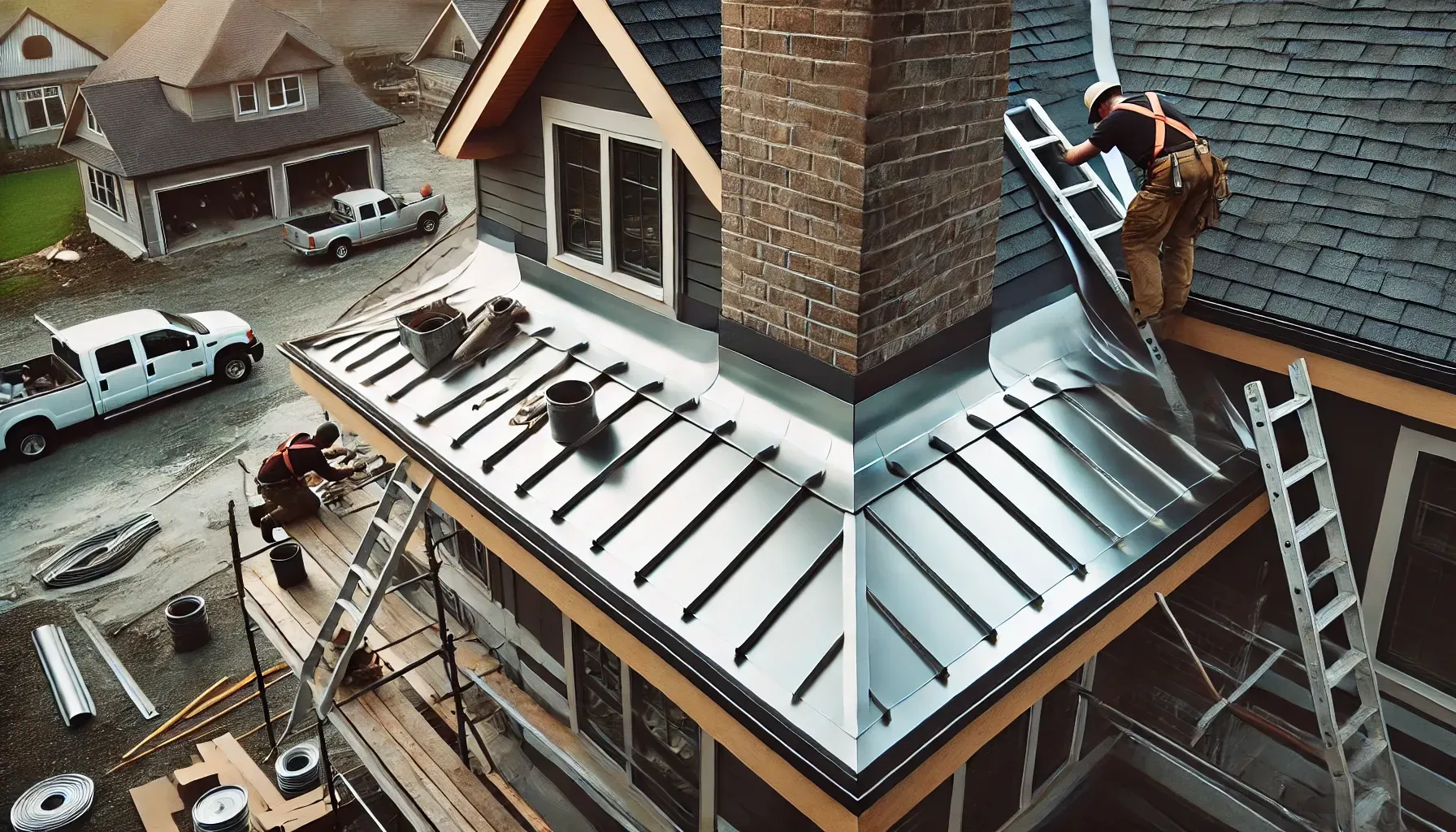

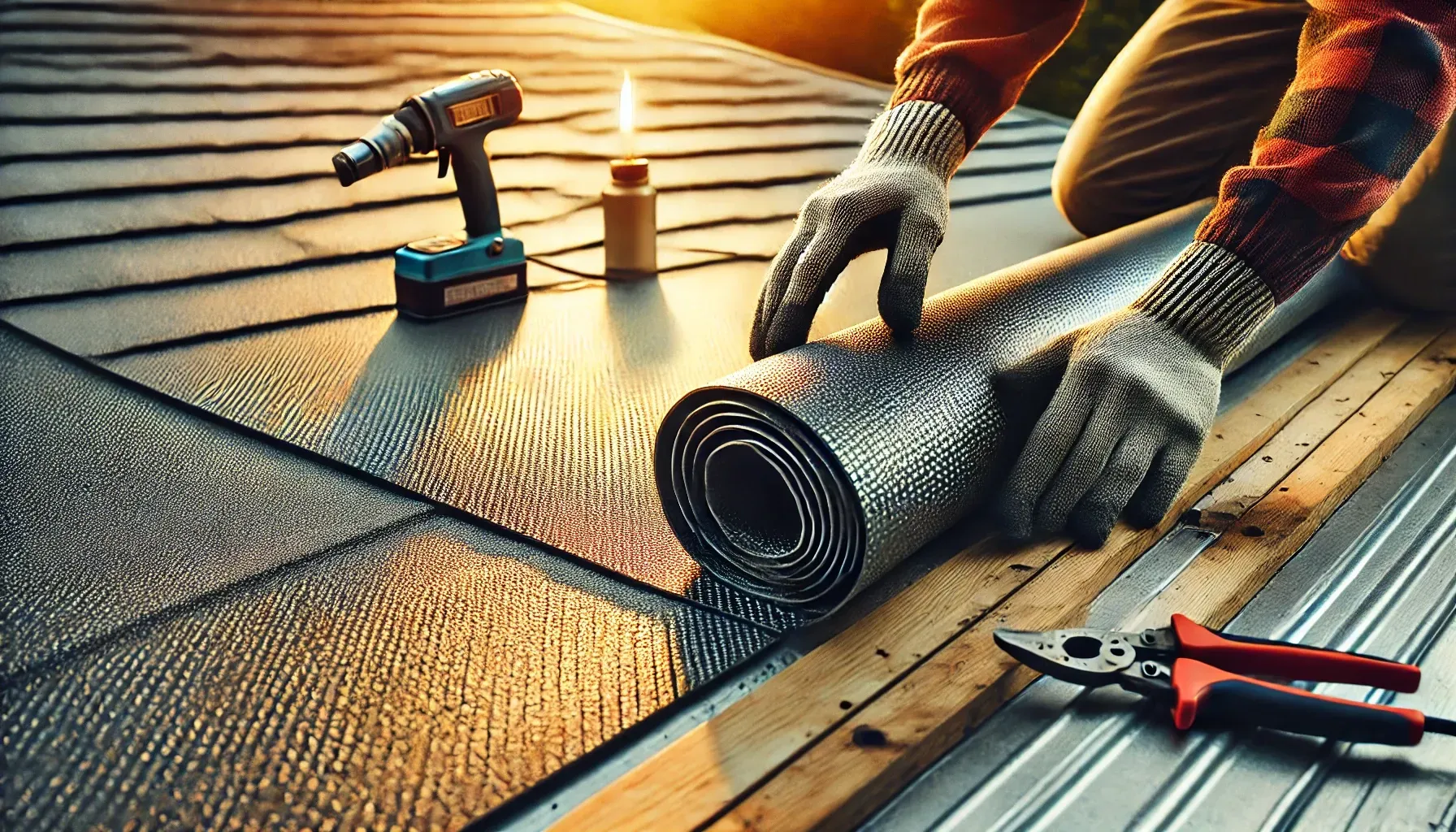

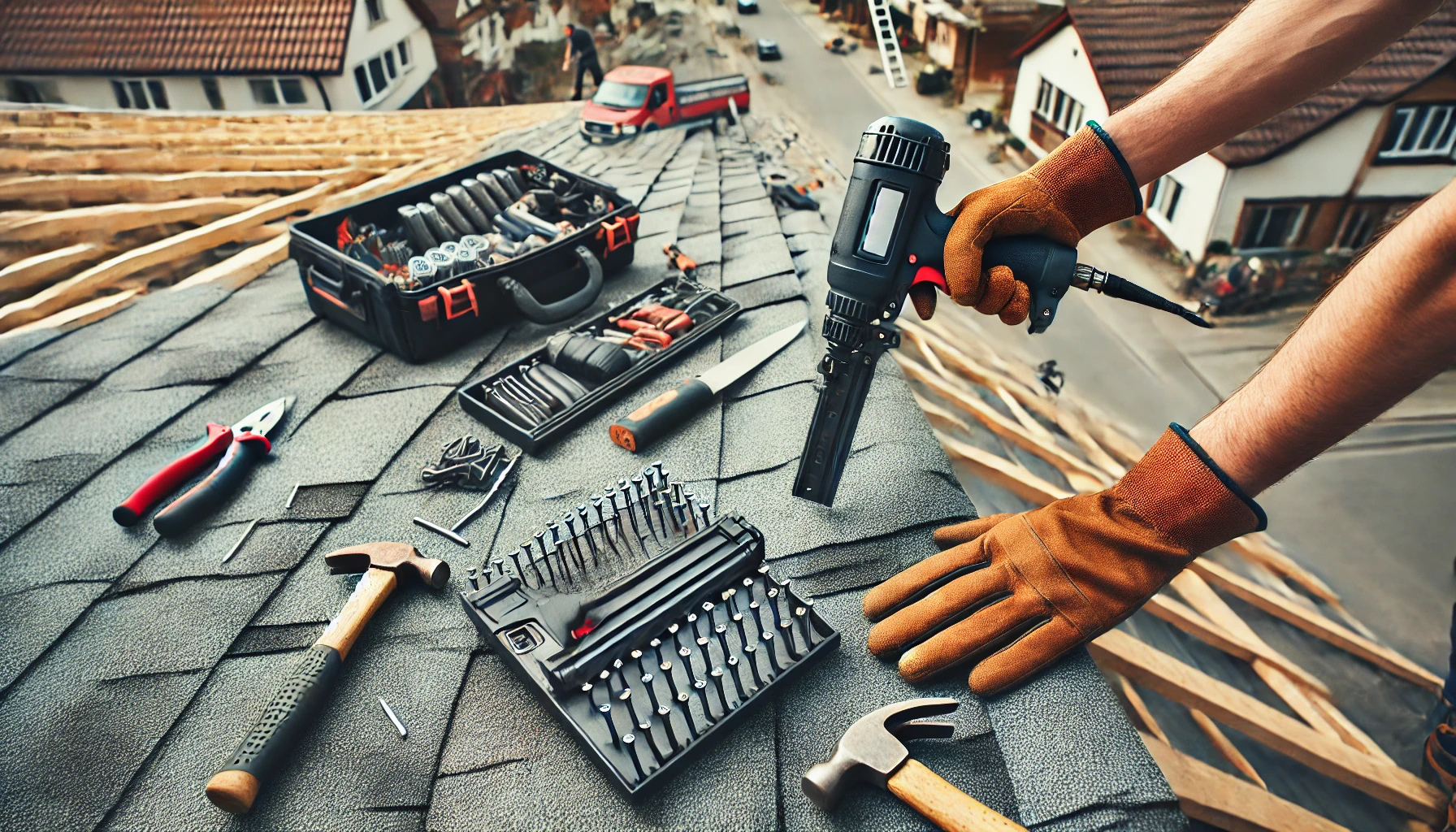
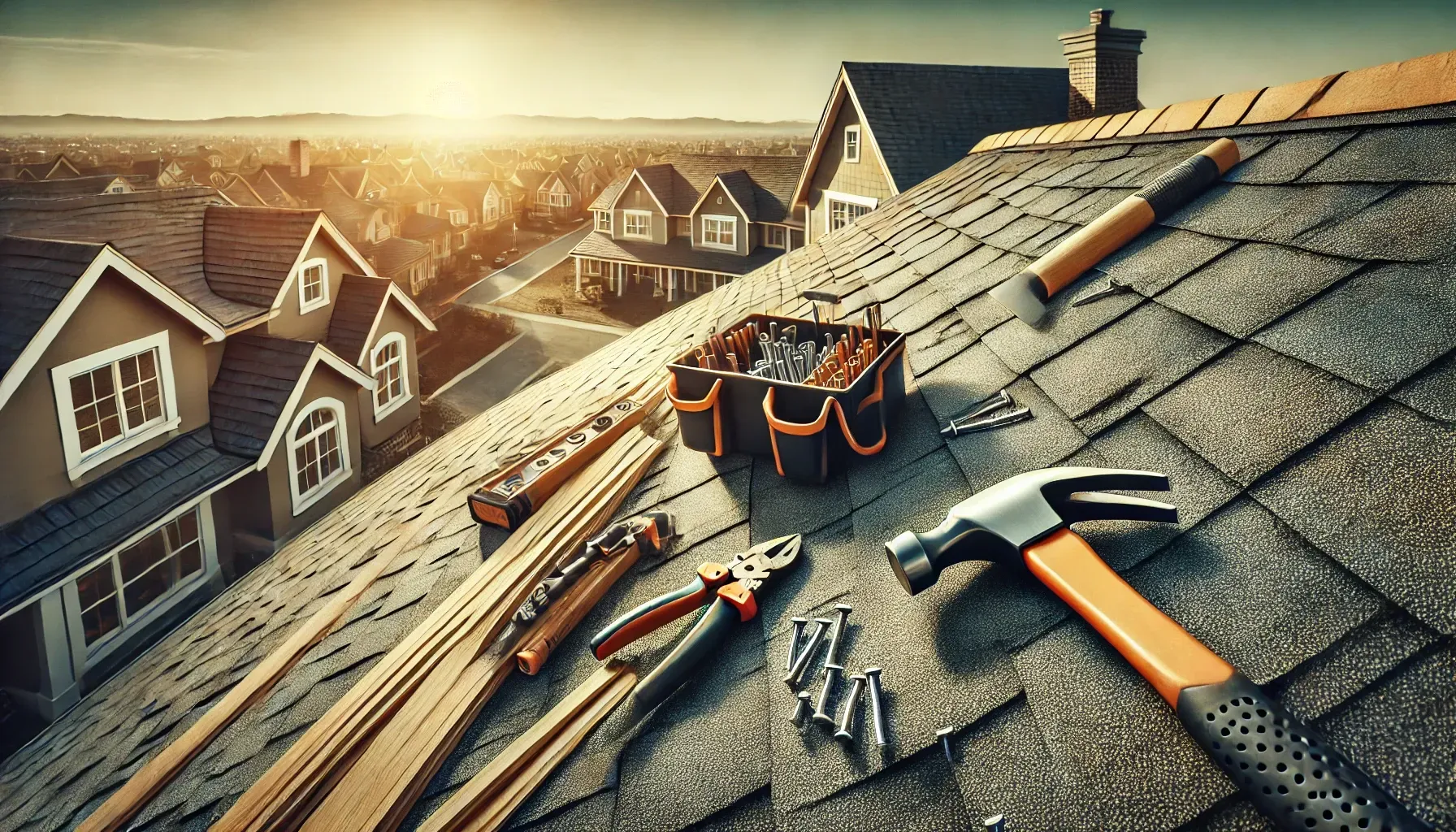


Contact Information
Phone: 0447 245 826
Email: enquiries@abovebeyondroofreplacements.com
Address: 6 Champion Lane Pakenham, VIC, 3810
Business Hours
Mon - Fri 9:00 am - 6:00 pm
Sat - Sun 9:00 am - 12:00 pm

